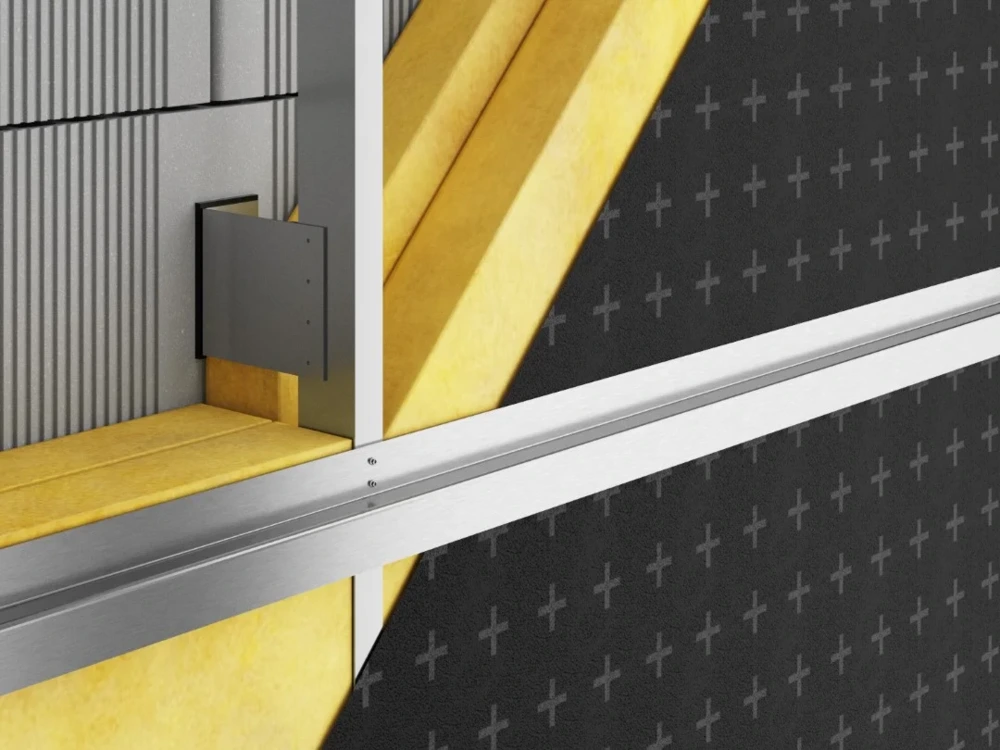What is the ecological footprint of HFX stainless?
Environmental Product Declaration (EPD)
HFX stainless is a particularly environmentally friendly material.
The life cycle assessment methodology was developed to ensure an objective assessment of building materials in terms of their sustainability.
It is regulated in EN ISO 14040 and serves as the basis for the data shown on this page.
The detailed data can be found in our EPD. (LINK)
What is an EPD?
The abbreviation EPD is derived from the English term Environmental Product Declaration.
An EPD is a document in which the environmentally relevant properties of a specific product are depicted in the form of neutral and objective data. This data covers as many effects as possible that the product can have on its environment. Ideally, the entire life cycle of the product is taken into account.
(Source: IBU retrieved on 20/12/2022)
Emission sources and greenhouse gas protocol
The standards of the greenhouse gas protocol (GHG_Protocol & Carbon_Accounting) are applied when preparing the greenhouse gas balances.
Emissions are divided into three sources:
Scope 1
Emissions originate from emission sources within the boundaries of the company in question, such as its own power plants or vehicle fleets
Scope 2
Emissions arise from the generation of energy that is sourced externally, primarily electricity and heat from energy suppliers
Scope 3
Emissions are all other emissions that are caused by the company's activities but are not under the company's control, for example at suppliers or in the extraction of raw materials
According to the Greenhouse Gas Protocol, the recording of Scope 1 and Scope 2 emission sources is mandatory, while the recording of Scope 3 emission sources is voluntary.
However, this approach leads to major distortions, particularly in the production of building materials.
This is because only a few manufacturers extract and mine the raw materials for their products themselves, so these are often excluded.
At ROOFINOX, emissions from upstream raw material extraction are also taken into account, as our manufacturing plant operates an integrated mine on site.
Despite this, we make great efforts to keep emissions to an impressive minimum and remain the market leader in terms of emissions.
GLOBAL WARMING (GWP)
The global warming potential (GWP) describes the contribution of a product to the greenhouse effect relative to the contribution of an equal amount of carbon dioxide.
The comparison shows that the production of ROOFINOX HFX stainless is very environmentally friendly compared to other roof and facade materials. The emission of climate-damaging gases is three times lower than with aluminium composite panels (37 kg CO2 eq/m2) or only half as high as with aluminium or titanium zinc.
PRIMARY ENERGY CONTENT NON-RENEWABLE (PEI NE)
The „primary energy content non-renewable“ is calculated from the upper calorific value of all those non-renewable energetic resources that were used in the manufacturing chain of the
product. The demand of non-renewable primary energy in the production of HFX stainless is one third lower than for aluminium or even three times lower than for aluminium composite panels (760 MJ / m2). No other material considered requires less non-renewable primary energy than HFX stainless from ROOFINOX.
RECYCLED CONTENT (SECONDARY MATERIAL USE IN %)
The percentage of secondary material (recycled material) used in production for one m2 of cladding. We are particularly proud of our success in recycling. With a share of secondary material of over 90% of the total production volume, we are the undisputed pioneer. The post-consumer share of our recycled materials is over 65% of the total production volume, which also makes us market leader by far.






